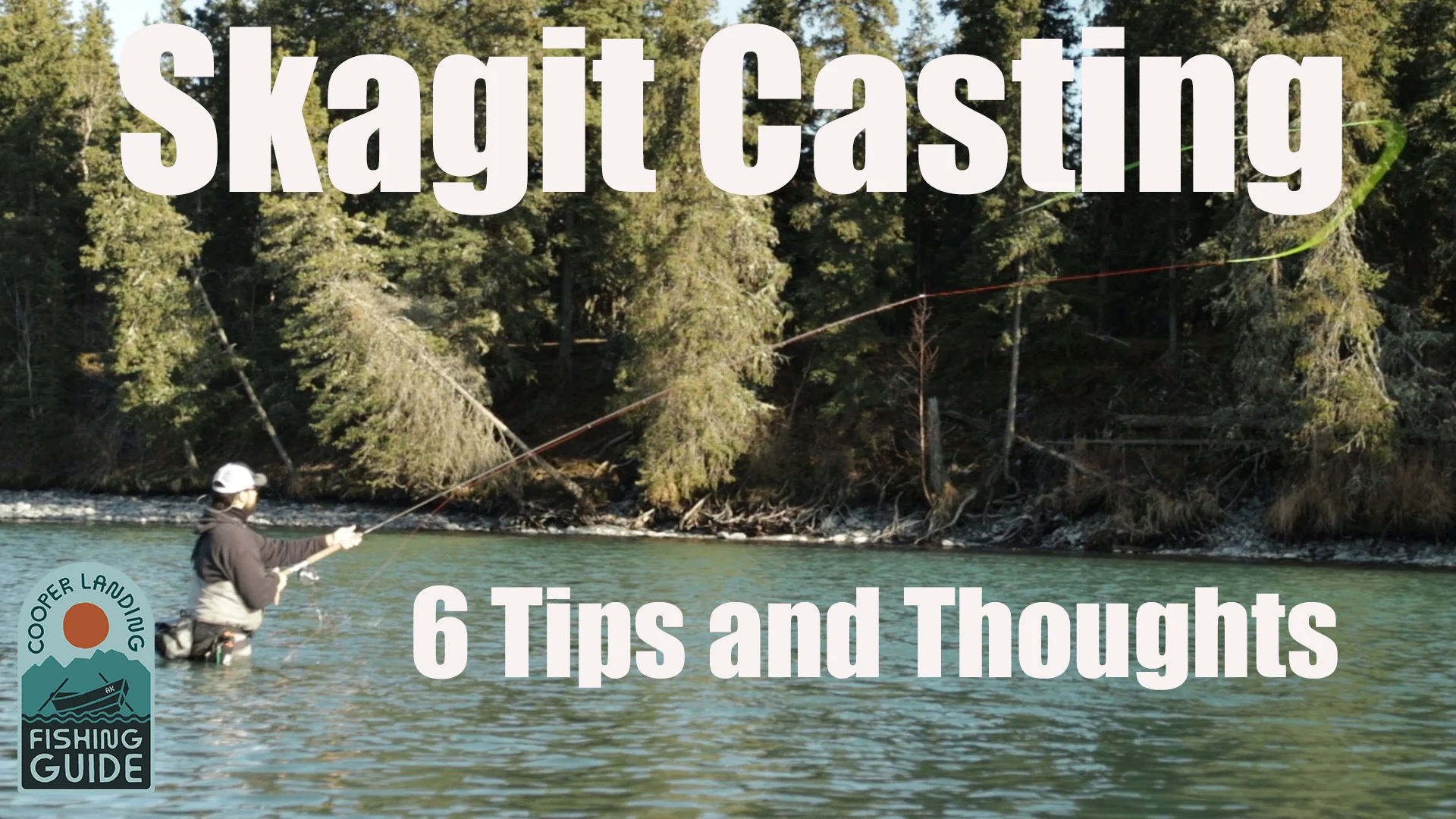Skagit Casting is a relatively new way to spey cast. It was developed in the Pacific Northwest where anglers needed to cast heavy flies on heavy sinking lines. Traditional spey lines just did not have the right tapers and mass to cast such heavy setups.
The birth of Skagit Casting came from savvy anglers cutting and modifying existing fly lines to create short, thick lines with lots of grains per foot that would be capable of throwing large “intruders” on sink tips.
In this video, Dave talks about 6 valuable tips for the beginner and intermediate Skagit anglers. Thank you so much for watching, liking and subscribing!
Warm-Up - When stepping into a run for the first time with a Spey or switch rod, it is helpful to roll cast downstream to get a feel for the line and what range of power and what form is necessary to turn the fly over. This will help tremendously with your forward cast (which is a lot like a roll cast).
Extra Anchor Stick - If you consistently blow your anchor and can’t get the right feel for power application when Skagit casting, letting your line sit on the water for an extra second or two will greatly increase the “line stick” and help prevent anchors from blowing.
Check Your Leader and Fly - Ever swing for a while and either catch nothing or get a lot of grabs and no fish? Chances are that your fly has fouled. Have you ever had a knot in your leader and ignored it? Or worse-yet, had a knot in your leader and a fish broke you off? It is important to occasionally check your fly to make sure that it is swimming correctly and check your leaders for abrasions and knots to avoid heartbreak later in the day.
Steer Your Shooting Head and Fly - Knowing what your fly is doing at all times is a critical step in Spey fishing success. The appropriate speed and depth can often be observed by what your Spey line is doing in the water. Adjusting your Spey line will help your fly swim correctly. (often only minor adjustments can lead to big changes in how your fly is swimming).
Wade Appropriately for Conditions - Some spots demand a deep wade, while others demand that you barely enter the water. One of the biggest mistakes we see new Skagit anglers make is wading too deeply, or haphazardly stepping into a run without a plan. It is usually best to wade shallow to start and eventually wade more deeply if fishing conditions dictate that you must. Stay safe out there and only wade to your appropriate comfort level!
Learning to Spey Cast - Learning to Spey and Skagit cast is a fun and sometimes frustrating process. Keep in mind that no 2 casts are exactly the same and there are a lot of fundamentals that can be very confusing. Our advice here is to experiment with a variety of teachers, online videos and DVDs. Eventually, you will find the right teacher for your particular needs. Keeping Skagit casting simple is some of the best advice you will hear. Take your time and let the rod do most of the hard work.

